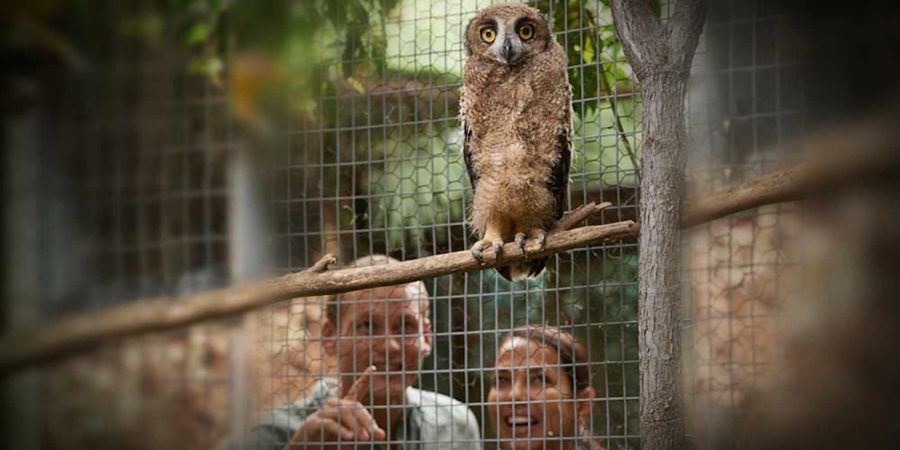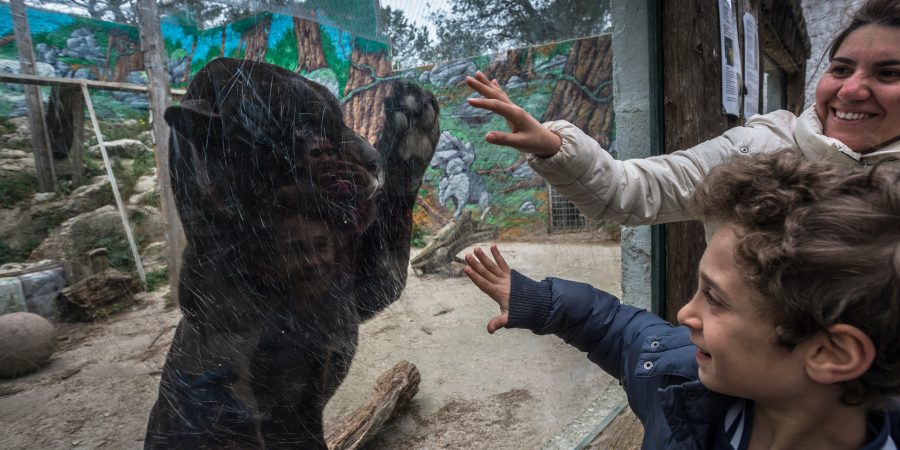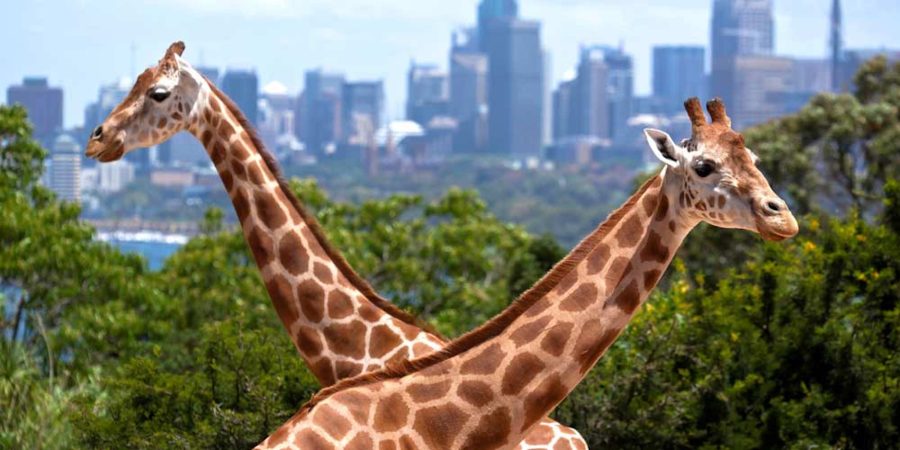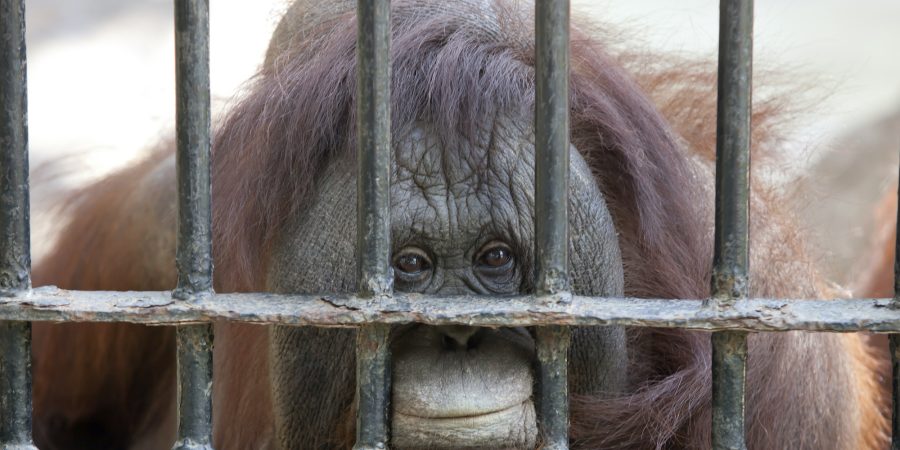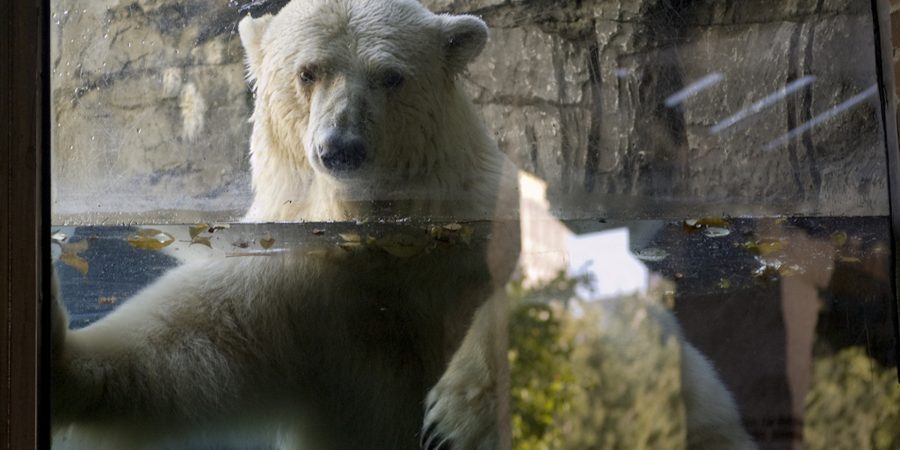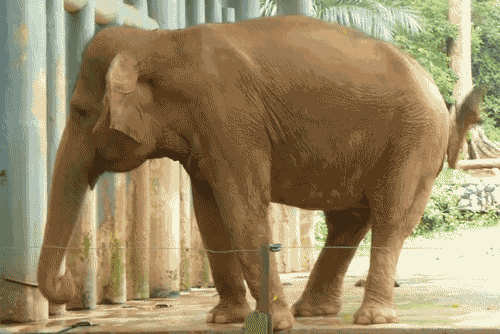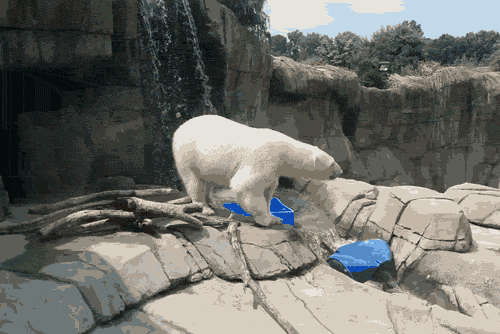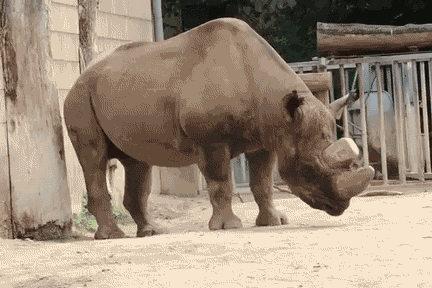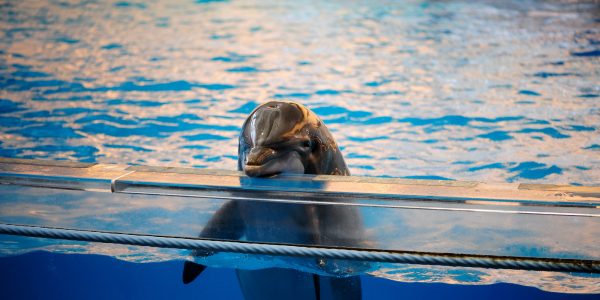Animals in captivity across the globe have been documented displaying signs of anxiety and depression. In fact, psychological distress in animals kept in zoos is so common that it has its own name: Zoochosis.
Zoochosis can include rocking, swaying, excessively pacing back and forth, circling, twisting of the neck, self-mutilation, excessive grooming, biting, vomiting and coprophagia (consuming excrement).
These traits are largely uncommon amongst healthy and happy animals in the wild. When kept in captivity, animals are deprived of the ability to express their natural desires, and the effect this can often have on their mental and emotional health is tragically clear in the form of zoochosis. Such behaviour, when exhibited by confined or disturbed animals in other situations, is often referred to as ‘stereotypic behaviour’ and is recognised by scientists as a clear indicator of severe animal welfare issues.
What’s even sadder, is that to counter these problems, zoos internationally have been known to give drugs to affected animals. In her book Animal Madness, Laurel Braitman says that the practice of putting animals on anti-depressants is surprisingly common. “At every zoo where I spoke to someone, a psychopharmaceutical had been tried.”
One case Braitman shares is of a polar bear named Gus who lived at Central Park Zoo. Gus began compulsively swimming figure eights in his pool – for up to 12 hours per day. An animal psychologist determined that Gus was bored. And not surprisingly, given that his enclosure was less than 0.00009% of what his range in the Arctic would be.
Despite being born in captivity, he would still have felt predatory impulses. In fact, when he was first moved to the zoo, he would entertain himself by ‘stalking’ small children. But the zoo did not want children getting frightened, so they built a barrier to stop this. Gus was given thousands of dollars worth of behavioural therapy, the nickname “bipolar bear“, and doses of Prozac. His compulsive swimming eased off but never really went away. Gus died in captivity in 2013 at age 27.



